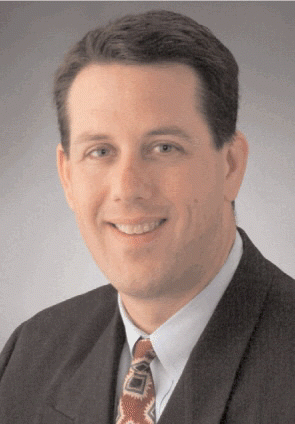A flexible carbon dioxide laser caused patients less pain and burning than the more traditionally used pulsed-dye laser in office-based treatment of benign diseases of the larynx, researchers have reported.
Explore This Issue
March 2009 There’s been a recent move afoot to perform some of these procedures in the office under local anesthesia, which is a huge advantage. This study very nicely demonstrated that the procedure was very well tolerated.
There’s been a recent move afoot to perform some of these procedures in the office under local anesthesia, which is a huge advantage. This study very nicely demonstrated that the procedure was very well tolerated.
-Clark Rosen, MD
In a pilot study performed by Stacey Halum, MD, Director of the Indiana University Clinic for Voice, Swallowing, and Airway Disorders, 10 patients underwent treatment with both kinds of lasers- with half of each lesion treated using the OmniGuide flexible CO2 laser, a kind of water-targeting laser now used mainly in operating rooms, and the other half with the Cynosure 585-nm flexible pulsed-dye laser, a photoangiolytic laser commonly used in office procedures.
Unsedated office-based laryngeal surgery with the flexible carbon-dioxide laser is extremely well tolerated, said Aaron Moberly, MD, a resident working with Dr. Halum in the Department of Otolaryngology-Head and Neck Surgery at Indiana University School of Medicine in Indianapolis. Patients consistently rated their pain and burning with the carbon-dioxide laser to be less than that with the pulsed-dye laser.
In his oral presentation at the 88th annual meeting of the American Broncho-Esophagological Association, Dr. Moberly stated that the CO2 laser can easily be used in the office and offers some distinct advantages, but just how much pain it causes patients hasn’t been determined yet. That was the question Dr. Halum and Dr. Moberly attempted to explore in their study.
Cambridge, MA-based OmniGuide, Inc., provided the flexible lasers for the study at no cost to the investigators or the patients, Dr. Moberly disclosed.
The patients in their study were diagnosed with pathologies such as recurrent respiratory papillomatosis, granuloma, amyloidosis, and leukoplakia. They were asked to rate their pain and burning during the procedure on a scale of 1 to 10, with 1 meaning no pain or burning and 10 meaning pain or burning that was intolerable.
The results were encouraging for the use of the flexible laser in office procedures. In the pain category, the CO2 laser drew a score of 2.0, a better rating than the pulsed-dye laser’s score of 3.0. As far as the burning sensation, patients rated the CO2 laser at 2.3, whereas the pulsed-dye laser received a score of 3.0. Three of the patients took a single dose of oral pain medication, and none of them needed any medication after that, Dr. Moberly stated. None of the patients had scar tissue or impaired mucosal wave form postoperatively.
Leave a Reply